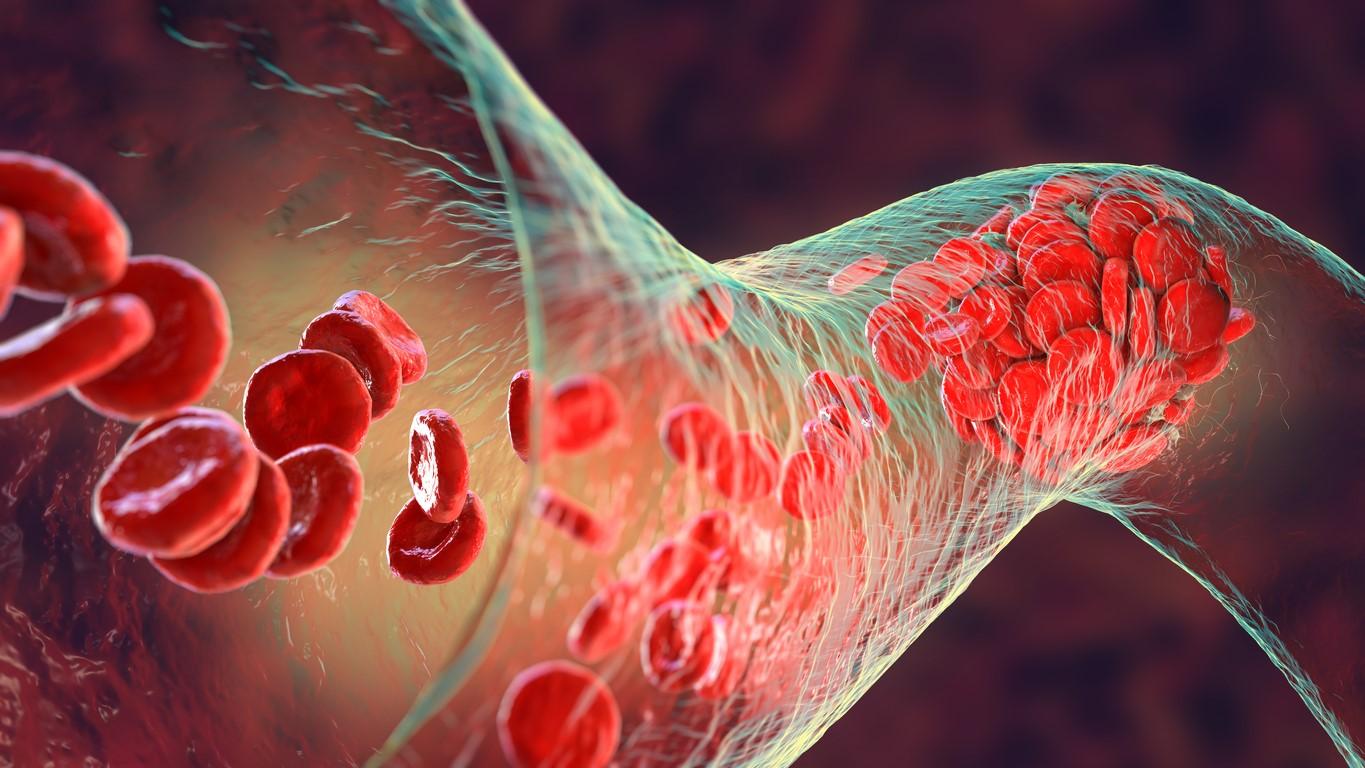An observational study of nearly 400,000 nonhospitalized adults in California finds a low rate of venous thromboembolism (VTE, or a blood clot in a vein) in the 30 days after COVID-19 diagnosis and an even lower rate in the following 30 days.
In the University of California–led study, published today in JAMA Network Open, researchers analyzed data from the Kaiser Permanente Virtual Data Warehouse and the electronic health records of 398,530 outpatients who tested positive for COVID-19 from January 1, 2020, to January 31, 2021, with follow-up through February 28, 2021.
The study spanned the first two US waves of the pandemic, before the broad availability of COVID-19 vaccines and home-based tests. Average participant age was 43.8 years, 54.7% were women, 75.7% were White, 54.3% were Hispanic, 10.6% were Asian or Pacific Islander, 6.1% were Black, 0.3% had a history of VTE, and 1.1% had a history of anticoagulant use.
The authors noted that most studies of COVID-19 and VTE, which includes deep vein thrombosis (DVT) and pulmonary embolism (PE), have focused on outcomes among hospitalized patients, finding a substantially increased risk relative to hospitalized patients without COVID-19.
"Therapeutically dosed anticoagulation may benefit selected hospitalized patients with COVID-19 and prophylactically dosed anticoagulants are recommended for all other hospitalized patients with COVID-19," they wrote. "However, the vast majority of people with COVID-19 have milder disease and do not require hospitalization."
Overall risk of 0.1%
VTE occurred in 292 of 398,530 patients (0.1%) over the follow-up period, for an overall rate of 0.26 per 100 person-years. Of the 292 events, 57.5% were PEs (blood clot in a lung), 34.9% were lower-extremity DVTs, 5.1% were upper-extremity DVTs, and 2.5% were VTEs at atypical sites. The median time between COVID-19 diagnosis and VTE was 19.0 days.
A steeper increase in risk was seen during the first 30 days after COVID-19 diagnosis than in the subsequent 30 days (unadjusted rates, 0.58 vs 0.09 per 100 person-years).
Risk factors for VTE were ages 55 to 64 years (adjusted hazard ratio [aHR], 1.85), 65 to 74 (aHR, 3.43), 75 to 84 (aHR, 5.46), and 85 and older (aHR, 6.51) and male sex (aHR, 1.49), previous VTE (aHR, 7.49), thrombophilia (tendency to form blood clots; aHR, 2.52), inflammatory bowel disease (aHR, 2.43), and obesity (aHR, 3.07).
A steeper increase in risk was seen during the first 30 days after COVID-19 diagnosis than in the subsequent 30 days (unadjusted rates, 0.58 vs 0.09 per 100 person-years).
The authors said they couldn't comment on whether COVID-19 raises the risk of VTE in nonhospitalized patients, because their study didn't include an uninfected control group.
"In this cohort study of outpatients with COVID-19, the absolute risk of VTE was low," they wrote. "Several patient-level factors were associated with higher VTE risk; these findings may help identify subsets of patients with COVID-19 who may benefit from more intensive surveillance or VTE preventive strategies."



















